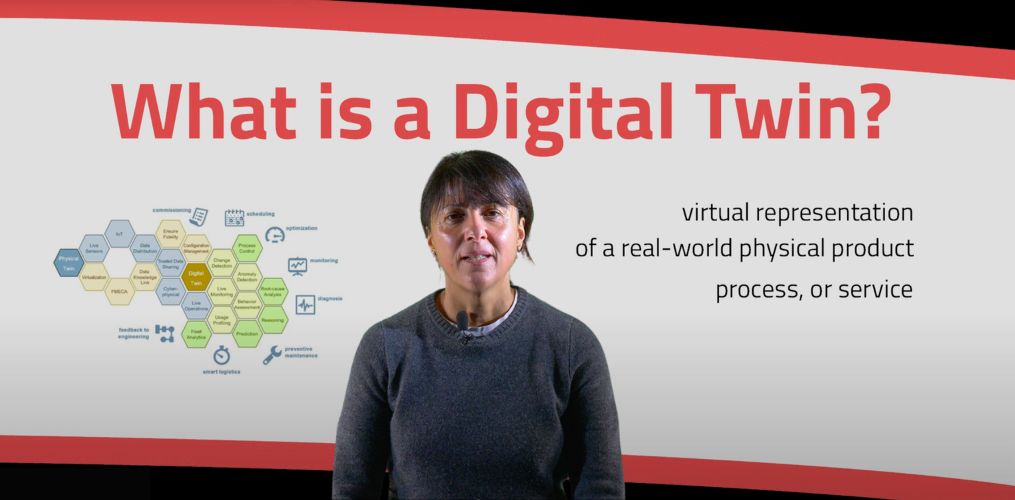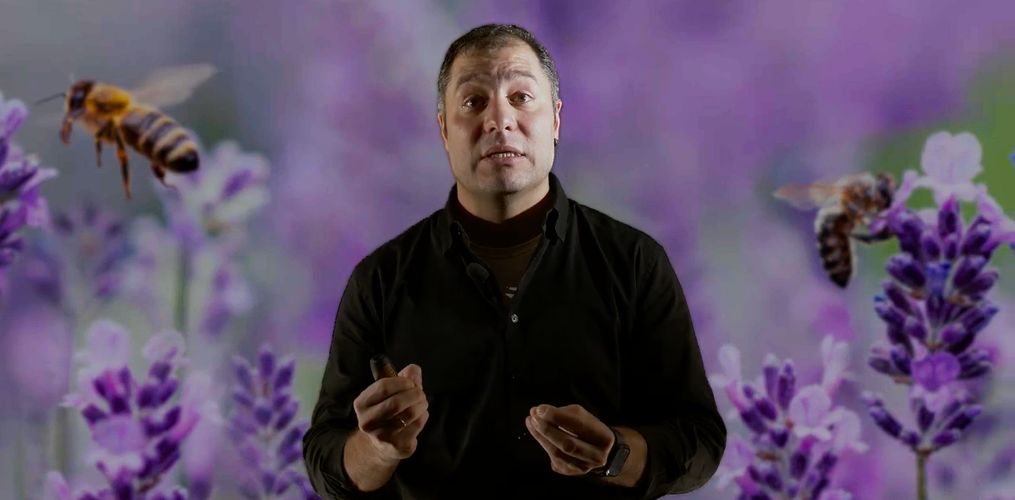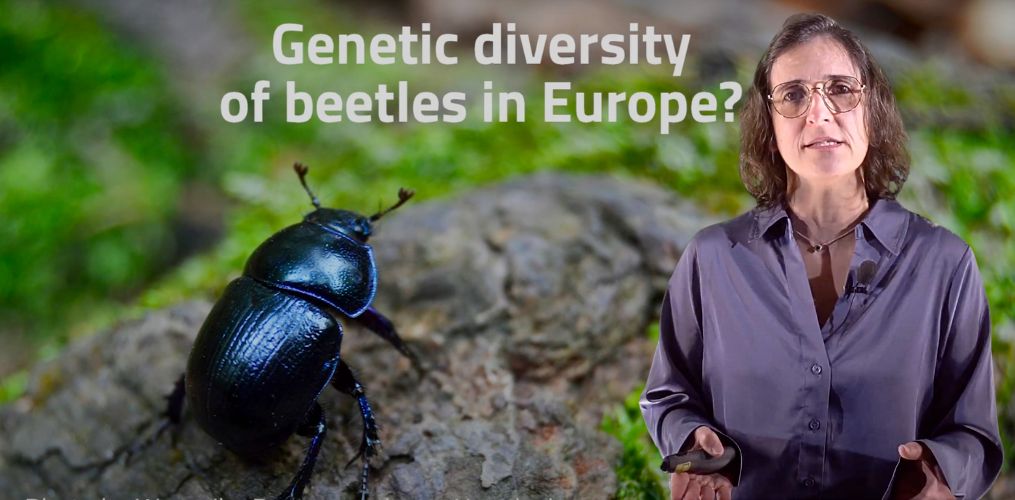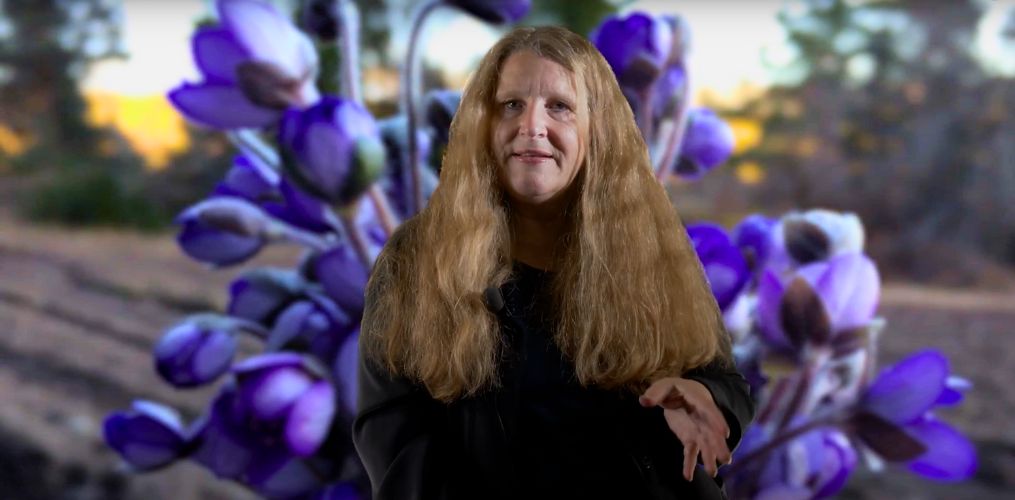What are the barriers still preventing the adoption of ICT technologies by small and medium-sized enterprises?
There are still many obstacles to overcome, such as the high initial costs to develop and exploit Digital Twins, the lack of in-house technical expertise needed to manage and maintain Digital Twin solutions, limitations and fluctuations in human resources available for innovation projects, the resistance to change, the lack of awareness and understanding of the benefits and potential applications of Digital Twins, regulatory and compliance issues. Moreover, companies frequently worry about the time and efforts required to achieve a return on investment from Digital Twin implementations. The uncertainty about measurable economic benefits may prevent them from investing in innovation.
In this sixth and last episode of BioDT Talks, Francesca Flamigni, Innovations Project and Funding Manager at TTTech, shares insights of the Change2Twin project, a collaborative initiative that aimed at accelerating the digital transformation of companies across Europe by harnessing the power of Digital Twin technology.
More in detail, Change2Twin project has crafted a comprehensive framework designed to provide targeted support tailored to the needs of small and medium-sized enterprises (SMEs).
This framework is based on the best practices developed within the I4MS initiative, which stands for ICT Innovation for Manufacturing SMEs, and comprises an array of services, including training programs, financial incentives, and scalable Digital Twin solutions.
Watch the video and find out more!!
BioDT is a research project funded by the European Union that aims to develop a digital twin prototype for the study and analysis of biodiversity, in support of the EU Biodiversity Strategy for 2030. The Biodiversity Digital Twin prototype provides advanced models for simulation and prediction capabilities, through practical use cases addressing critical issues related to global biodiversity dynamics.
The BioDT Talks is the new 6-part series illustrating how data science and technology are transforming our approach to the biodiversity crisis.
More information on the BioDT Project HERE.
Watch the full playlist on YouTube and find out more!









